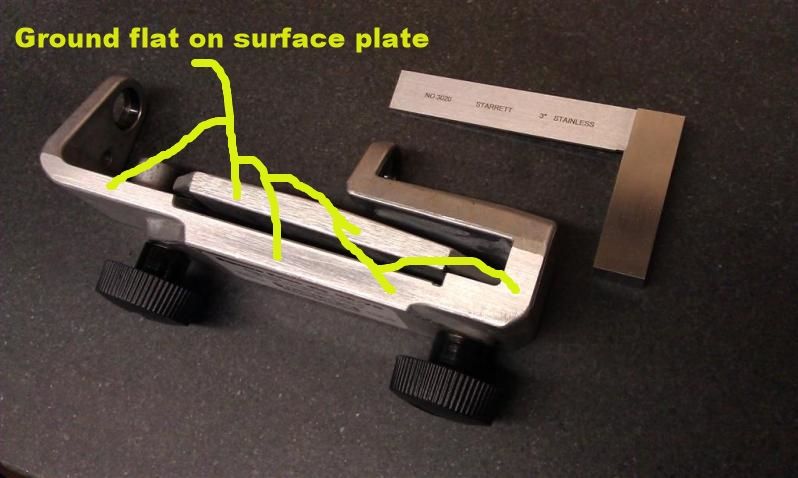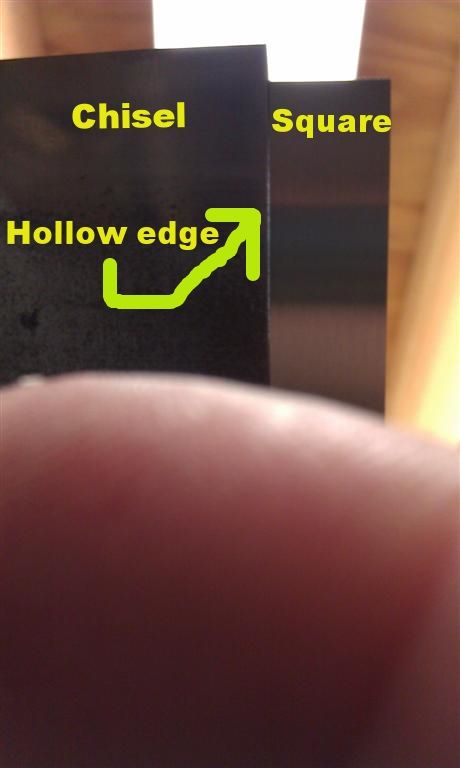In case anyone has been holding out, the drill jig is $50 off right now on Amazon.
I dont have one, and have been on both sides of the fence with it, but thought I'd pass it along.
I dont have one, and have been on both sides of the fence with it, but thought I'd pass it along.









